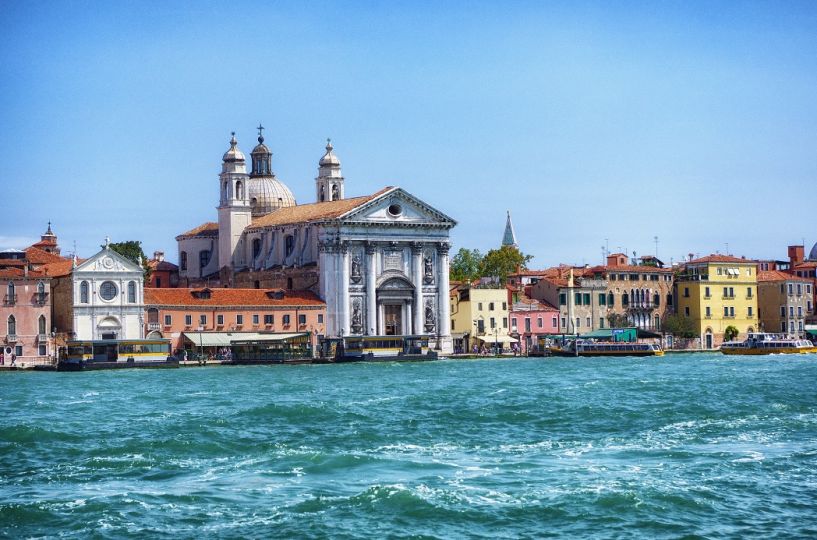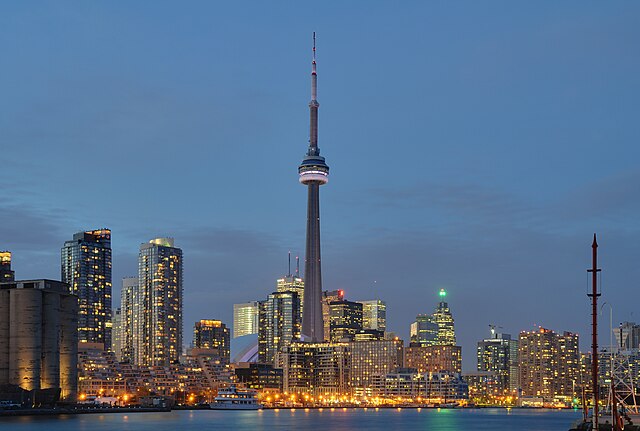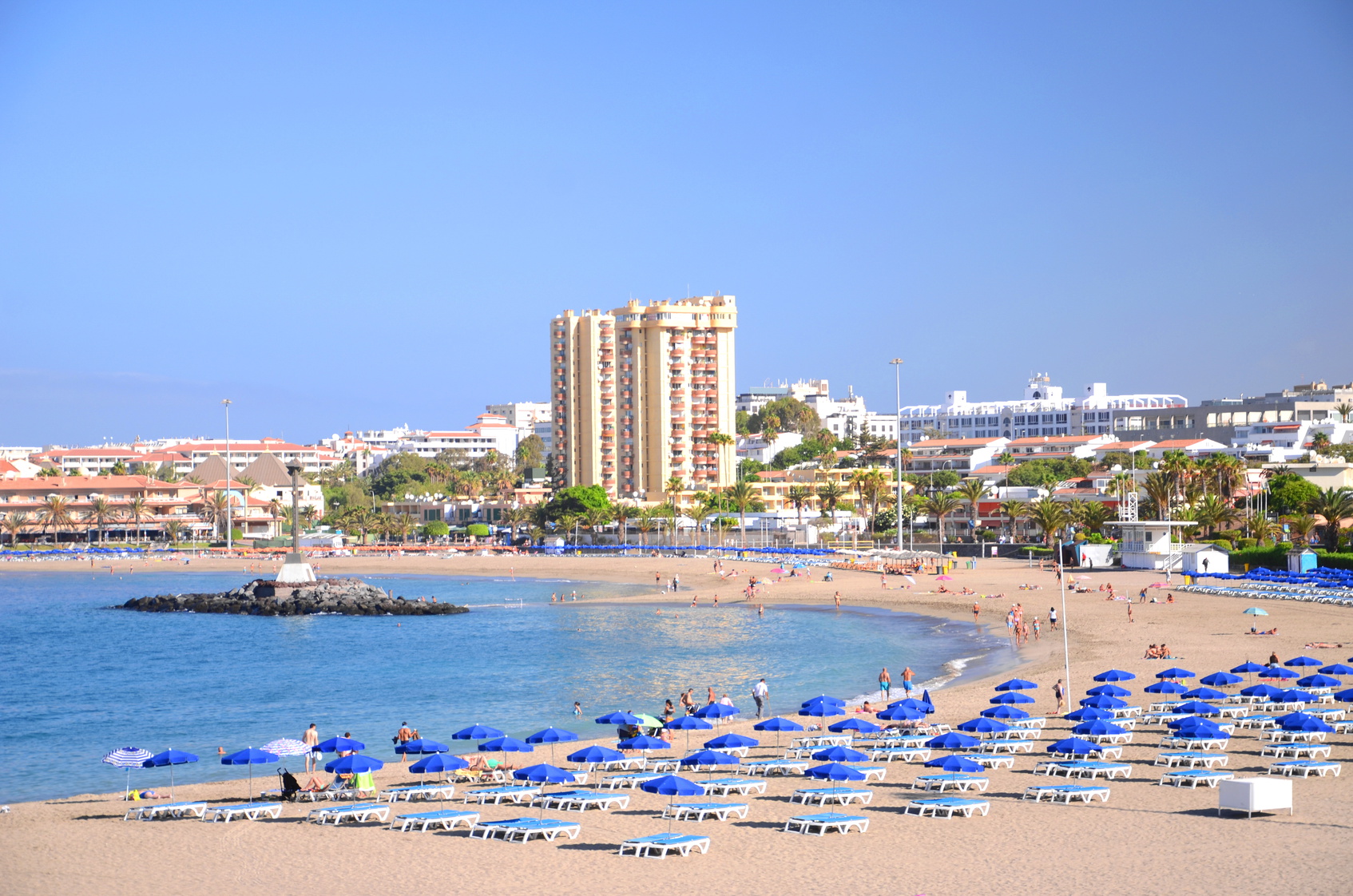Running until late November, the world-famous La Biennale is unmissable for anyone with even the most passing interest in art. People travel from all over just to attend the renowned festival, which features over 136 artists in 89 national participations, on show in the Giardini and the Arsenale as well as in several palaces scattered around the city centre. With such a broad array of artists, you might want to start with a few of the highlights, especially if you feel overwhelmed by the choice or if your time in the city is limited.
Camille Norment – Norway
Norment works with sound but also with an eye to its context, both acoustic and non-acoustic. Sound is one of her primary media, and her exhibitions often contain performances of musical compositions, but she works with many other media too in order to examine the context in which the audience experiences her art. She is one third of the Camille Norment Trio, where she plays the glass armonica, alongside the Norwegian fiddle and the electric guitar. The instruments are chosen not only for the quality of their sound, but also for their histories: all three of these instruments faced opposition, to the point where the armonica was outlawed and the Norwegian fiddle could not legally be played in a church until the 1900s, with many historic examples of the fiddle having been burned in a moral panic over the instrument. The choice of instruments makes an important point about Norment’s art: she explores the interplay between sound and society, and the tensions between the various roles of music and the power structures that exist throughout our lives.
Sabrina Bertolelli, Mariadolores Castellanos, Max Leiva, Pier Domenico Magri, Adriana Montalto, Elmar Rojas (Elmar René Rojas Azurdia), Paolo Schmidlin, Mónica Serra, Elsie Wunderlich, Collettivo La Grande Bouffe – Guatemala
Entitled “Sweet Death”, the Guatemalan exhibition focuses on death in the sense of a societal decline, a sort of “death of virtue” in society. Dealing with death in a traditional, colourful and even joyful way, the exhibition takes a traditional Guatemalan approach to loss and mourning, where death is not seen as a punishment. The Guatemalan pavilion is definitely worth a visit if you enjoy the use of a light touch to explore heavy themes.
[mapsmarker marker=”58″]
Charles Lim – Singapore
This year, Lim is exhibiting his ongoing project, known as “Sea State”. Dealing with themes such as the construction of international vs. national (which of course is deeply situational), borders, environment, de-territorialisation and the way they link to the oceans around us, one could scarcely imagine a more appropriate place for this exhibition than La Biennale. With its gamut of artists from all over the globe, themselves with storied cultural histories and influences, all contained within the same festival yet nonetheless divided by nation into pavilions, this is an opportunity to experience Sea State in rare, immensely appropriate surroundings.
Unen Enkh, Enkhbold Togmidshiirev – Mongolia
Both Enkh and Togmidshiirev were brought up in Mongolia, and were involved in migration when they were young adults. Drawing on this experience, as well as the nomadic traditions of Mongolia, they are exhibiting work that investigates migration and displacement in contemporary society. Questioning the nature of “home” and the distinction between humanity and the “natural world”, Unen Enkh’s sculptures comprise natural Mongolian materials, while Enkhbold works with various media, including two-dimensional pieces made from materials traditionally abundant for nomads (e.g. horse dung, ash).
Interestingly, the Mongolian Pavilion is divided into one stationary pavilion and another which moves nomadically around the city, wherein Enkhbold exhibits his performance art, drawing upon Venice’s own history as a city built by those fleeing the advance of nomadic invaders, including nomads from the area now known as Mongolia.
How to get to Venice:
Venice is served by Marco Polo airport and Treviso airport. Most flights land at Marco Polo airport, whereas some budget airlines will land at Treviso.
From Marco Polo, you can take the bus to Piazza le Roma, after which it’s a waterbus to the town centre. If you are able to walk around half a kilometre, you can also take a boat directly from the airport, which is in itself an experience. Venice is reachable from Treviso airport via about an hour’s bus ride, followed by a waterbus into town. We also offer a Venice Airport to Venice transfer service, for those who prefer to travel by car.
If you’re travelling by train, be sure to get off at Venezia – Stazione Santa Lucia rather than Venezia-Mestre. If you have a ticket to Venezia-Mestre, instead of leaving the station and attempting to make your way from there, it’s much easier to catch a shuttle train from Venezia-Mestre to Santa Lucia.
If you’re visiting as part of a broader European holiday, there are ferries available from Greece and Croatia, which land at either Stazione Marittima or San Basilio. The two docks are both fairly close to each other, but make sure you know which one you’ll need, especially if you’re travelling from Venice and are therefore in danger of missing your boat.
[mapsmarker marker=”96″]
Where to stay:
Locanda Sant’Anna Hotel – Well-priced and comfortable, we love that the Locanda Sant’Anna Hotel is located a mere five minutes on foot from La Biennale’s central and national pavilions. It makes for perfect no-fuss accommodation for when you’re planning on spending most of your day out and about and want to save on your rooms.
Hotel Casa Verardo Residenza d’Epoca – This little hotel is as charming as they come. Built into an original 16th century building, it is conveniently placed for not only visiting La Biennale, but for the rest of the city too! Hotel Casa Verardo is tucked in against a footbridge, with a hidden gem of a terrace for those warm afternoons. Boasting waterbus connections and a walking distance of only 10 minutes to the famous Rialto Bridge, this hotel comes highly recommended.
The Gritti Palace – If you’re after a more luxurious hotel experience, look no further than The Gritti Palace. A five-minute walk away from La Fenice Opera House, everything about this establishment gives off an inimitable feel of class, from the Murano glass and antique furnishings in every room to the world-class restaurant, which sources its ingredients from the local Rialto market. One of our favourite things about this hotel is that you can enjoy a sedate waterbus trip to La Biennale’s pavilions every day, as the Gritti has waterbus connections almost on its doorstep.



